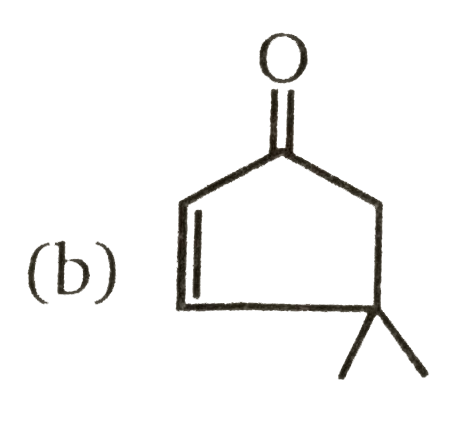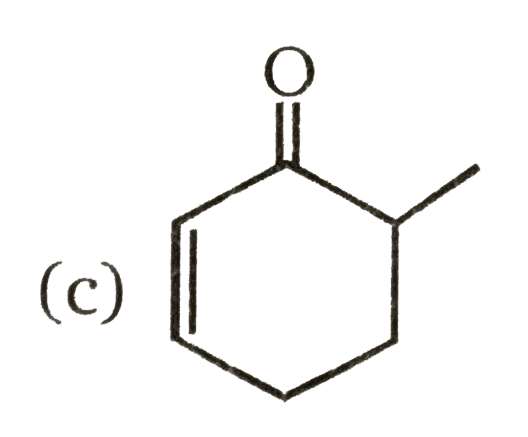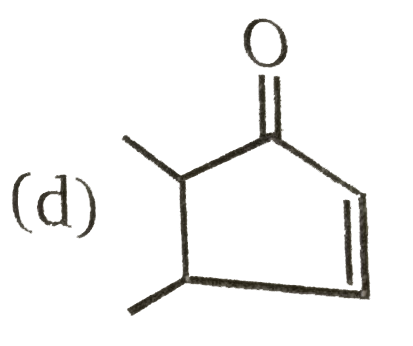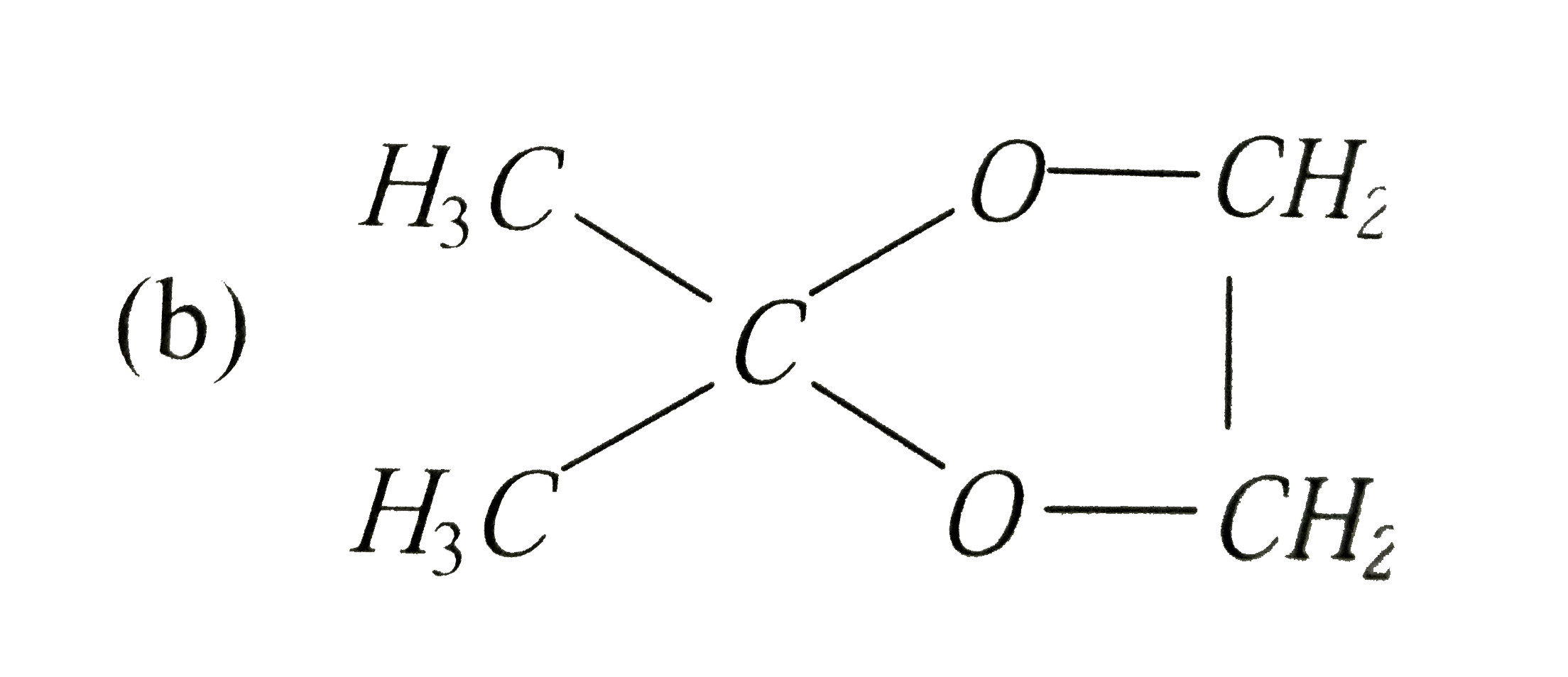Identify the products (x, y) of following reaction : -
To identify the products (X, Y) of the given reaction involving ozonolysis followed by reduction, we can break down the process step by step.
Step 1: Understand the Reaction
The reaction involves a compound with a carbon-carbon double bond that undergoes ozonolysis in the presence of water and zinc. Ozonolysis is a reaction where ozone (O3) cleaves double bonds, forming carbonyl compounds.
Step 2: Identify the Structure
The compound given is:
CH3|CH3−C=C−CH3|CH3
This compound has a double bond between two carbon atoms, each of which is also bonded to methyl (CH3) groups.
Step 3: Ozonolysis Mechanism
1. Ozone Attack: The double bond between the two carbon atoms reacts with ozone. The π bond breaks, and a cyclic ozonide intermediate is formed.
2. Formation of Carbonyls: The ozonide will then rearrange and break down to form carbonyl compounds (aldehydes or ketones).
Step 4: Identify the Products
After ozonolysis, the following products are formed:
- Product X (Ketone): The carbon atom that was part of the double bond and has two methyl groups attached will form a ketone. This is represented as:
- X = CH3 - C(=O) - CH3 (This is 2-butanone)
- Product Y (Aldehyde): The other carbon atom that was part of the double bond and has one hydrogen atom will form an aldehyde. This is represented as:
- Y = CH3 - C(=O) - H (This is butanal)
Final Products
- Product X: 2-butanone (CH3 - C(=O) - CH3)
- Product Y: Butanal (CH3 - C(=O) - H)
Summary
The products of the reaction are:
- X = 2-butanone
- Y = Butanal
---
The reaction involves a compound with a carbon-carbon double bond that undergoes ozonolysis in the presence of water and zinc. Ozonolysis is a reaction where ozone (O3) cleaves double bonds, forming carbonyl compounds.
The compound given is:
CH3|CH3−C=C−CH3|CH3
This compound has a double bond between two carbon atoms, each of which is also bonded to methyl (CH3) groups.
1. Ozone Attack: The double bond between the two carbon atoms reacts with ozone. The π bond breaks, and a cyclic ozonide intermediate is formed.
2. Formation of Carbonyls: The ozonide will then rearrange and break down to form carbonyl compounds (aldehydes or ketones).
After ozonolysis, the following products are formed:
- Product X (Ketone): The carbon atom that was part of the double bond and has two methyl groups attached will form a ketone. This is represented as:
- X = CH3 - C(=O) - CH3 (This is 2-butanone)
- Product Y (Aldehyde): The other carbon atom that was part of the double bond and has one hydrogen atom will form an aldehyde. This is represented as:
- Y = CH3 - C(=O) - H (This is butanal)
- Product X: 2-butanone (CH3 - C(=O) - CH3)
- Product Y: Butanal (CH3 - C(=O) - H)
The products of the reaction are:
- X = 2-butanone
- Y = Butanal
Topper's Solved these Questions
- BOOK - MOTIONCHAPTER - HYDROCARBON EXERCISE - QUESTIONS6videos
HYDROCARBON
- BOOK - MOTIONCHAPTER - HYDROCARBON EXERCISE - Exercise - 185videos
HYDROCARBON
- BOOK - MOTIONCHAPTER - GRIGNARD REAGENTEXERCISE - EXERCISE-216videos
GRIGNARD REAGENT
- BOOK - MOTIONCHAPTER - IONIC EQUILIBRUIMEXERCISE - Exercise -4 (Level -II)14videos
IONIC EQUILIBRUIM
Similar Questions
Knowledge Check
- Question 1 - Select One
CH3−O∣∣C−CH2−CH3∣C∣CH3−CHOKOH,H2O−−−−−−→(A), product A is
A B
B C
C D
D
- Question 2 - Select One
Identify the product for the following reaction
CH3−O∣∣C−CH3+CH2OH∣CH2OHHCl⇐⇒ACH3−CH3∣CHOH+COOH∣COOHB C
C DNo reaction
DNo reaction - Question 3 - Select One
In given reaction [X] and [Y] respectively are CH3−O∣∣C−O−CH3∣C∣CH3−CH3Na/C2H5OH−−−−−−−−→(X)+(Y)
ACH3−CH2−OHandCH3−CH3∣C∣CH3−OHBCH3−CH2−OHandCH3−C∣CH3−CH2CCH2=CH2andCH3−CH3∣C∣CH3−OHDCH3−CH2−CH3∣O∣CH3−C−CH3
In given reaction [X] and [Y] respectively are CH3−O∣∣C−O−CH3∣C∣CH3−CH3Na/C2H5OH−−−−−−−−→(X)+(Y)
View SolutionThe IUPAC name of CH3−OH∣C∣H−CH2−O∣∣C−CH3 is:
View SolutionCH3−CH3∣C∣OH−CH3∣C∣NH2−CH3HNO2−−−→Δ?
View SolutionMajor product of the given reaction is
CH3−CH3∣C∣CH3−CH∣CI−CH3C2H5O−−−−−−→View SolutionCH3−CH2−O∣∣C−CH3∣CC∣CH3−CH3PhCO3H−−−−−→A , A' will be :
View Solution

